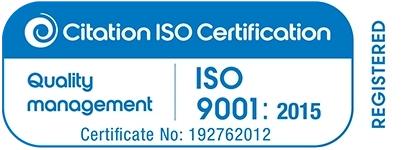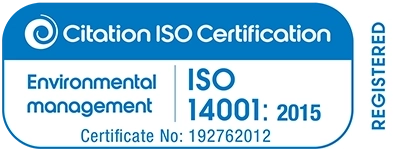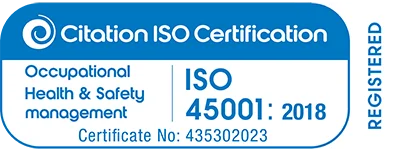Last week we identified essential features to look out for when selecting device storage to support a connected healthcare environment, and the digital NHS, get this blog post here. We also touched on the importance of safety features and what to consider when choosing device storage and charging solutions.
So, following nicely on, this week we have given you some insight on how to not only choose the best solution, but also how to understand the necessary certification labels – and which represent optimal health and safety.
Above and beyond standard testing
Medical facilities must ensure that they are introducing physically safe and fit-for-purpose devices and device storage to the environment. The default stamp of approval is generally considered to be the universal marker of the Declaration of Conformity (CE). However, medical organisations have to be more stringent in their safety regulation than the CE, as it does not take into account the environment or the fact devices will be stored and charged together.
Therefore, those in healthcare should look instead to independent test houses such as TUV, Intertek and SGS, who take into account how devices will be stored and test them accordingly under much greater scrutiny than the CE. These certificates are not easy to obtain and are a true mark of safety.
Digital progression
The number and type of devices being used to support service delivery will undoubtedly fluctuate as the move towards a truly paperless NHS becomes a reality. Therefore, organisations need to make sure that they have storage equipment that is fit for purpose.
In order to do this, there are a number of questions to consider:
Can it store the number of devices you need it to?
Can it charge a selection of different devices?
Does it have a weight limit?
And can it scale as more and more devices are introduced?
To deliver best practice and patient care, staff need to have a solution that reflects their unique and ever changing needs
Education and inclusion
As important as the practical elements of device storage are, they have to be supplemented by a focus on education. I mean, it’s all great to have new shiny devices, bought to enhance care, however if staff have little understanding of these or their role in using them they become “an expensive paper weight”.
Chris Neath, Head of New Product Development at LapCabby, recently told Health Business UK and IT Pro Portal, of the importance in educating device users, “Acceptable Usage Policies are a good way to define expectations, aims and rules in order to be certain everyone understands the associated risks and best practices. Coupled with this, medical organisations should invest time in educating everyone in how to use technology correctly, avoid the majority of risks, and gain the maximum benefit from technology.”
Alongside education comes awareness. After all, digitally-based healthcare is a big step and all stakeholders have to be on board. Communication is vital at the early stages, and if everyone involved feels comfortable in the aims, practices and eventual outcomes, then the implementation of technology will be a much smoother process.
Find out how LapCabby can support your medical device storage and deployment here.
[button type=”warning” size=”lg” link=”http://info.lapcabby.com/get-your-quote”] Get a Quote [/button] [button type=”warning” size=”lg” link=”http://info.lapcabby.com/request-a-demo”] Request a Demo [/button]





